Most folks flock to Yosemite in the summer. The crowds get wild and parking? Nearly impossible. But honestly, winter has a magic all its own. I’ve found the park feels quieter, almost enchanted, like you’ve stumbled into a secret version of this famous place. A winter trip to Yosemite is absolutely worth it if you’re after smaller crowds, snowy landscapes, and experiences you just can’t find during peak season.
Yosemite stays open all year. I love how winter brings its own rewards. You can snowshoe on silent trails, catch the rare “Firefall” at Horsetail Fall, and see Half Dome blanketed in fresh snow.
Without the crowds, the whole place feels more intimate. You don’t have to elbow your way to a photo spot, which is a relief.
Winter takes a bit more planning than summer. You’ll need snow chains, warm layers, and a reservation if you want to see the Firefall.
Let’s talk about what makes winter in Yosemite so special—activities, cozy places to stay, and a few tips I’ve picked up to help you have a memorable snowy adventure.
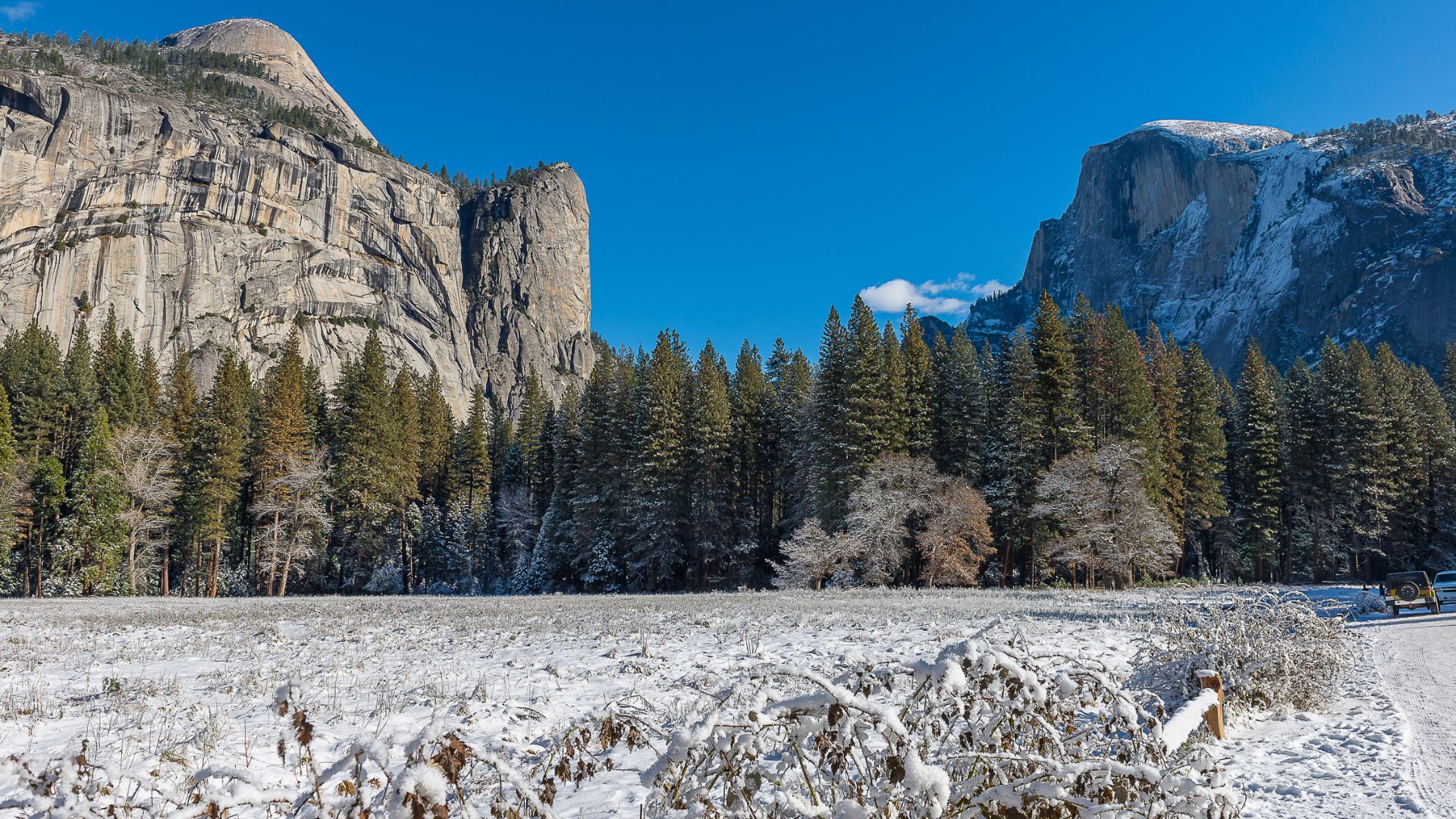
Why Take a Winter Trip to Yosemite?
Winter changes Yosemite completely. Snow drapes the granite domes and waterfalls freeze, while the crowds thin out. I find the winter scenery dramatic and the atmosphere peaceful, with photo ops that you just don’t get when it’s warm.
Unique Atmospheric Beauty
Winter weather brings a kind of visual drama you simply won’t see other times of year. Snow piles up on Half Dome and El Capitan, making the dark granite look even more striking.
Frozen waterfalls turn into wild ice sculptures. Yosemite Falls sometimes grows these huge icicles, almost like nature’s own chandeliers.
The “Firefall” phenomenon only happens in late February. If you’re lucky, Horsetail Fall lights up like molten lava when the sun hits it just right.
Frost glitters on the meadow grasses in the morning. Sometimes valley fog swirls around the granite, making everything feel mysterious and otherworldly.
Snow-heavy trees frame the rock formations. The contrast between white snow and dark evergreens makes every view pop.
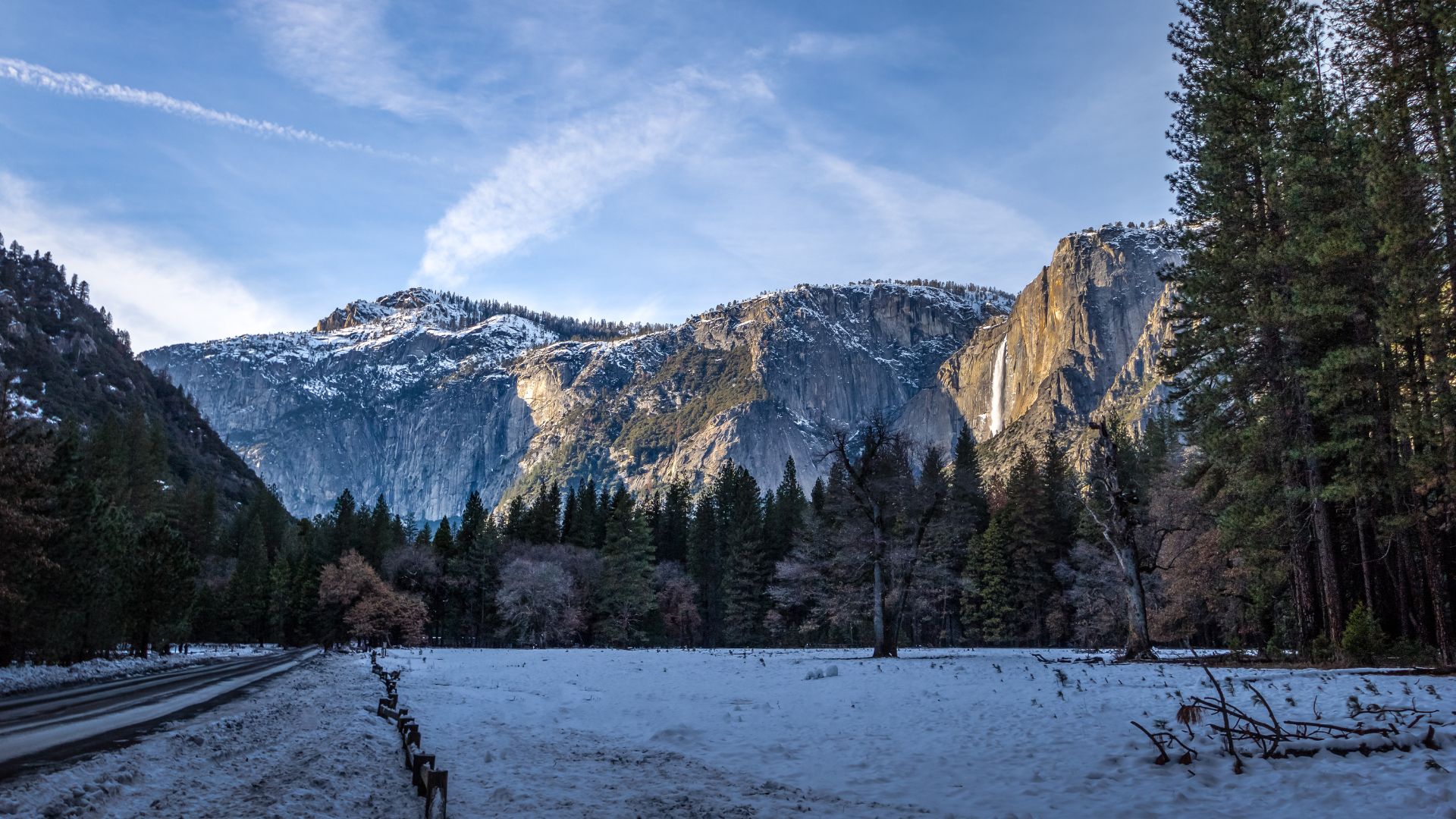
Tranquility Compared to Other Seasons
I’ve noticed way fewer people in winter. Viewpoints that need reservations in summer often have just a handful of visitors.
Peak season differences:
- Summer: 4-5 million visitors
- Winter: Less than 1 million
- Trails are often empty mid-week
The sounds change, too. Snow muffles everything, so the valley gets quiet—something you rarely experience in the busy months.
Parking isn’t such a headache. Spots at Tunnel View and Glacier Point Road (when it’s open) stick around all day, instead of filling up by 7 AM.
Wildlife comes out more. When there aren’t as many people, animals like bobcats show up in places you’d never expect.
Opportunities for Solitude Photography
Winter light just hits differently. The low sun casts long shadows and brings out warmer tones on the granite.
Best winter photo subjects:
- Snowy Half Dome at sunrise
- Frozen Yosemite Falls
- Misty valley mornings
- Wildlife tracks in fresh snow
I can set up my tripod at the classic spots without a crowd jostling for space. In summer, you’d have to show up before dawn—now, you might have the place to yourself.
After a storm, fresh snow and clearing skies make for epic cloud formations and crystal-clear views.
If you’re into photography, winter gives you a whole new side of Yosemite. You can build a portfolio that looks totally different from the usual summer shots.

Experiencing Yosemite’s Snowy Landscapes
When winter hits, Yosemite turns into a different world. Snow covers the meadows, waterfalls freeze, and the trails go quiet. The park offers snowshoeing, unique wildlife watching, and those iconic landmarks blanketed in white.
Iconic Sights in Winter
Yosemite Valley becomes a winter wonderland. Snow on the meadows and cliffs makes for some unreal photo moments.
Tunnel View is one of my favorite spots for winter panoramas. El Capitan and Bridalveil Fall look especially dramatic when the valley floor goes white.
Glacier Point Road stays open only up to Badger Pass Ski Area. If you can get to Washburn Point, the views of Half Dome are unreal.
The Merced River sometimes freezes along the edges. On cold mornings, steam rises from the water, making the whole place feel mystical.
Swinging Bridge gives you a great angle on Yosemite Falls, which can freeze up in cold snaps. The ice formations are honestly impressive.
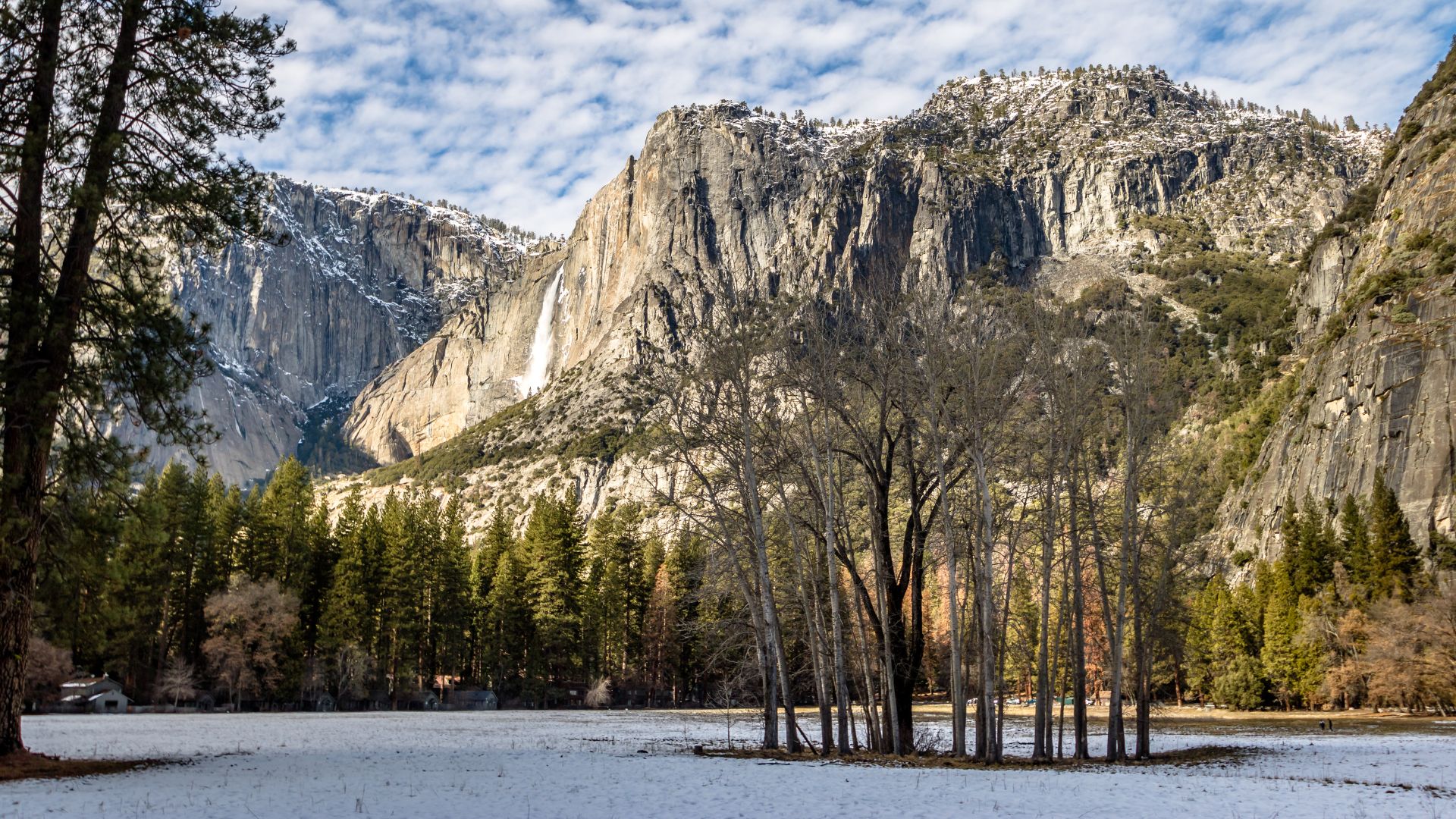
Hiking and Snowshoe Trails
Mirror Lake is a winter favorite of mine. The snowshoe trek is about two miles round trip—easy terrain and beautiful reflections of snowy cliffs.
Valley Loop Trail works well for snowshoeing when the valley’s covered. I like starting at Swinging Bridge and heading toward El Capitan Meadow.
Badger Pass has marked snowshoe trails:
- Dewey Point Trail (7 miles round trip)
- Ostrander Lake Trail (12.5 miles)
- Glacier Point Road (when it’s open)
Mariposa Grove is perfect for peaceful snowshoe walks among the sequoias. The big trees look even more majestic with snow on their branches.
I always bring microspikes for icy patches and check the weather before heading out. Snow depth can change a lot from week to week.
Wildlife Viewing Opportunities
Deer move down to the valley in winter, so you’ll see them grazing in snowy meadows, especially near the visitor center.
Coyotes show up more against the white landscape. They hunt small mammals and often trot along plowed roads.
Bobcats leave clear tracks in fresh snow. Spotting one takes luck, but I look for prints near rocks and fallen logs.
Birds like Steller’s jays, ravens, and woodpeckers stay active. Dark-eyed juncos and other little birds hang around visitor areas.
Black bears hibernate, so you don’t have to worry about running into one. That makes winter hiking a bit more relaxed.
Snow makes it easier to track animals—fresh prints tell you who’s been around lately.
Cozy Cabins and Winter Accommodations
After a day in the snow, nothing beats heated comfort. Yosemite offers a handful of indoor options, and nearby cabins come with fireplaces and mountain views.
Staying Inside the Park
Yosemite Valley Lodge keeps its doors open all year. Rooms are heated and have mountain views, but you’ll want to book early—winter spots go fast.
The Ahwahnee Hotel is pure luxury, with a grand fireplace in the lobby. Rooms have thick curtains and plenty of heat for those long winter nights.
Housekeeping Camp and Curry Village cabins close for the winter, usually from November through March.
Winter Park Lodging:
- Yosemite Valley Lodge: Heated standard rooms
- The Ahwahnee Hotel: Premium rooms, luxury amenities
- Wawona Hotel: Open weekends only in winter

Best Cabins for Winter
Evergreen Lodge sits about 7 miles from the park entrance. Each cabin has its own fireplace and a heated bathroom.
Rush Creek Lodge offers modern cabins with floor-to-ceiling windows. The main lodge has dining and activities if you want to stay in.
Chateau du Sureau, about 30 minutes from the park, has luxury cabins with private hot tubs and wood stoves.
Top Cabin Features:
- Private fireplaces or stoves
- Heated bathrooms
- Mountain or forest views
- Easy access to the park
Fireplaces and Amenities
Most winter cabins come with wood-burning fireplaces. I always bring extra firewood, just in case—it gets cold at night.
Rush Creek Lodge and Chateau du Sureau keep their heated pools open all winter. There’s something surreal about swimming with snow on the ground.
Winter Must-Haves:
- Good heating: forced air or radiant floors
- Fireplaces: wood or gas
- Hot water for those chilly mornings
- Thick blankets and comforters
- Heated bathrooms with towel warmers
Some places even serve hot chocolate or offer evening s’mores by the fire pit. It’s the little things that make winter trips cozy.
Witnessing the Magical Firefall Phenomenon
The Firefall at Horsetail Fall is one of those bucket-list sights. When conditions line up, it’s jaw-dropping. February is your best bet, but you’ll need clear skies, enough water, and a good viewing spot.
Best Time to See Firefall
Mid to late February is when Firefall usually happens. In my experience, February 8-23 gives you the best shot.
The exact dates shift a bit each year, depending on weather. There’s no magic “peak” date, so flexibility helps.
Crowds get wild during:
- Presidents’ Day weekend (Feb 14-17)
- Peak light weekend (Feb 7-9)
- Saturday nights
If you can, go midweek. Tuesday through Thursday are way less crowded. If you have to visit on a weekend, Friday or Sunday is better than Saturday.
You need totally clear skies for the sun to hit the falls just right. Even a single cloud can ruin the effect.
Water flow is crucial. If there’s been good snowfall, the show is more dramatic. Dry years mean the Firefall is less impressive, but it’s still worth seeing.
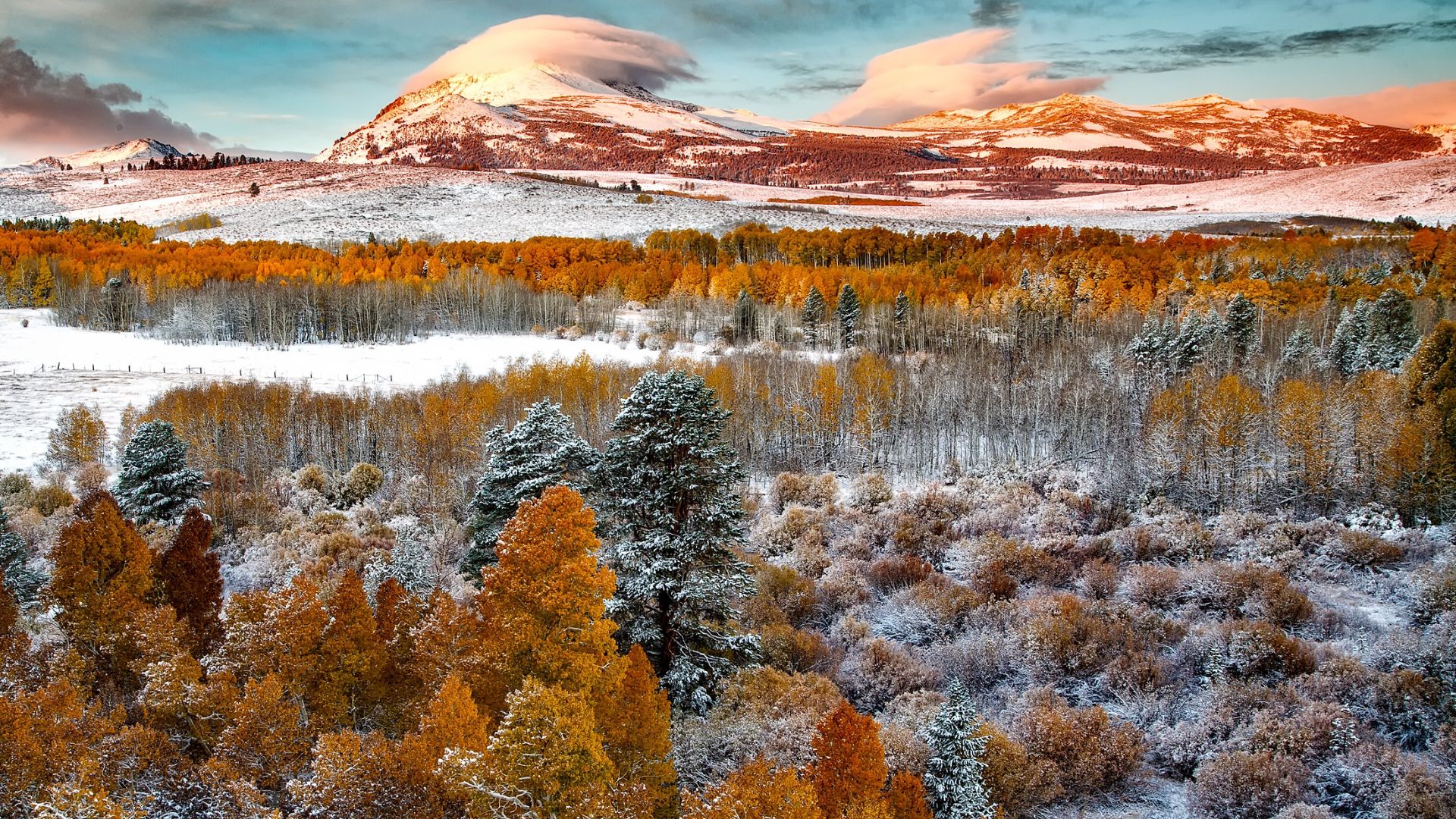
Where to View Horsetail Fall
El Capitan Picnic Area is the main spot. You’ll need to park at Yosemite Falls and walk about 1.5 miles.
New rules mean you can’t park right at the viewing area on February weekends.
Other parking:
- Yosemite Village (take the free shuttle)
- Curry Village (also shuttle)
- Express shuttle runs between spots
Northside Drive closes a lane for pedestrians during peak times, so you can walk safely to the viewing area.
The riverbank near El Capitan gives you the classic angle. Get there early—the good spots fill up fast.
If you want a different view, try side locations about a mile before the main area. They’re quieter and sometimes offer unique photos.
Bring a headlamp or flashlight for the walk back. It gets dark fast after sunset.

Photography Tips for Firefall
Arrive 2-3 hours early to claim your spot and set up your gear. Weekends fill up especially fast.
What to bring:
- Tripod for sharp shots
- Telephoto lens (200-400mm is great)
- Wide-angle lens for landscapes
- Extra batteries (the cold zaps them)
Set your camera to manual focus—autofocus struggles in the low light.
Start taking photos before the light turns golden. The effect builds, and you’ll want to capture the whole sequence.
Composition depends on your location. At the main area, focus on the waterfall. From the side, include more of the granite.
A little wind actually helps. It spreads the water, catching the light and making the effect even more dramatic.
Be cool to other photographers. Space is tight, and stress levels can run high. Don’t touch anyone’s gear or block their shot.
The Firefall lasts maybe 10-15 minutes. Keep shooting—the light changes fast.
Essential Tips for Visiting Yosemite in Winter
Winter trips to Yosemite take some planning. Here’s what I always pack and watch out for on snowy adventures.
What to Pack
Clothing Essentials
Bring layers. Temperatures bounce between 25°F and 50°F. I always pack a warm winter coat, waterproof boots, and thermal underwear.
Wool socks and gloves are a must. Cotton stays wet and cold, so stick to wool or synthetic stuff.
Winter Gear
Snow boots with good grip really help. I use ice cleats or microspikes for icy trails.
Don’t forget a warm hat, scarf, and sunglasses. Snow glare can be brutal.
Other Essentials
- Headlamp or flashlight
- Hand warmers
- Waterproof gloves
- Emergency blanket
- First aid kit
Bring extra batteries—cold weather drains them fast. I always toss in a backup phone charger, just in case.
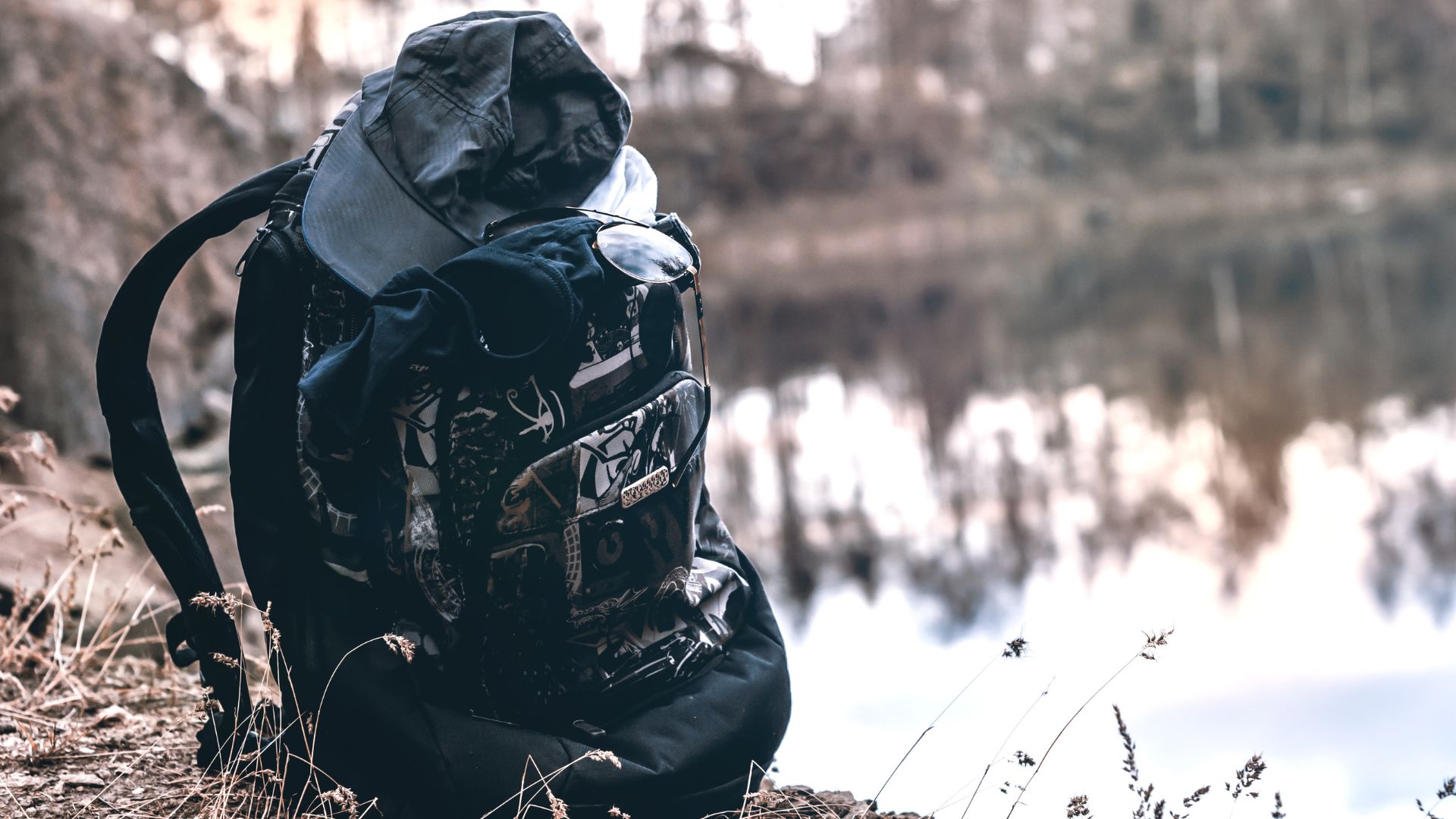
Road Closures and Transportation
Tire Chains Required
From November through March, I always carry tire chains. They’ve got to fit your tires—there’s really no way around it.
Chain control can pop up out of nowhere. I usually check nps.gov/yose before I even think about heading out.
Open Roads
Highway 140? It’s the one road that stays open all year to Yosemite Valley. Honestly, it almost never needs chains, but I still double-check conditions before going.
Tioga Pass on Highway 120 shuts down for winter—no exceptions. Highway 41 from Fresno tends to stay open, though chains might be necessary.
Parking Challenges
Snow really cuts down on parking spots. I’ve learned to show up early in the morning if I want any hope of finding a good space.
Some lots just close for the season, and by the weekend, day-use parking is packed. If you’re not early, you’re probably out of luck.
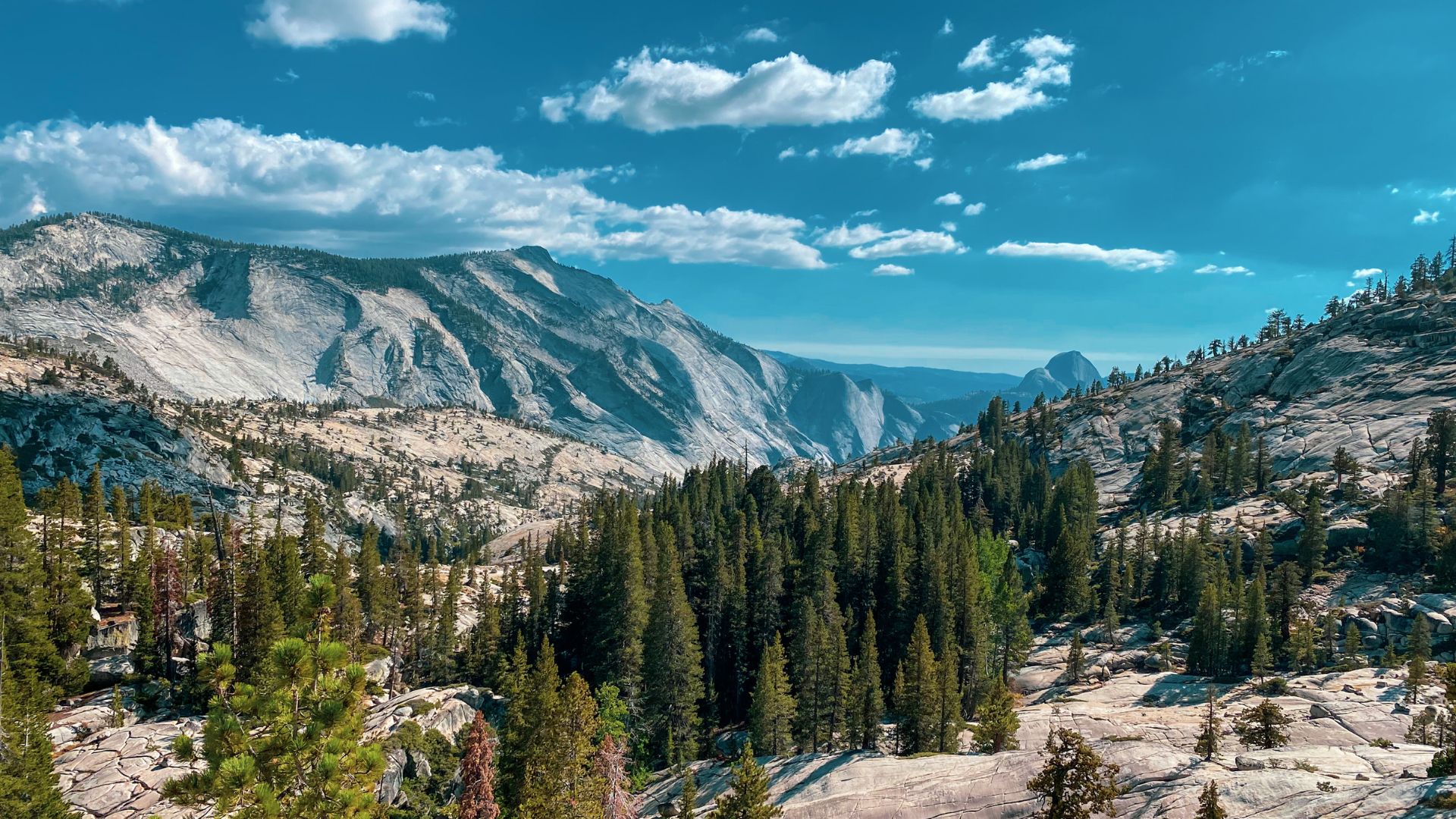
Safety Precautions
Trail Conditions
Some trails get downright treacherous when ice and snow cover them. I usually stick to the valley floor trails during winter visits.
Let someone know your hiking plans before you head out. You probably won’t get much cell service in these parts.
Weather Awareness
Winter storms can sneak up fast. I find myself checking the weather forecast a few times a day, just to be sure.
If it’s wet and cold, hypothermia becomes a real threat. I don’t hesitate to turn back when the weather takes a turn for the worse.
Emergency Preparedness
Stash extra food, water, and warm clothes in your car—it’s just smart, especially in winter. Getting stuck out here happens more often than you’d expect.
I always bring a whistle and keep some basic first aid skills handy. In winter, help just doesn’t show up quickly, so it pays to be ready.

